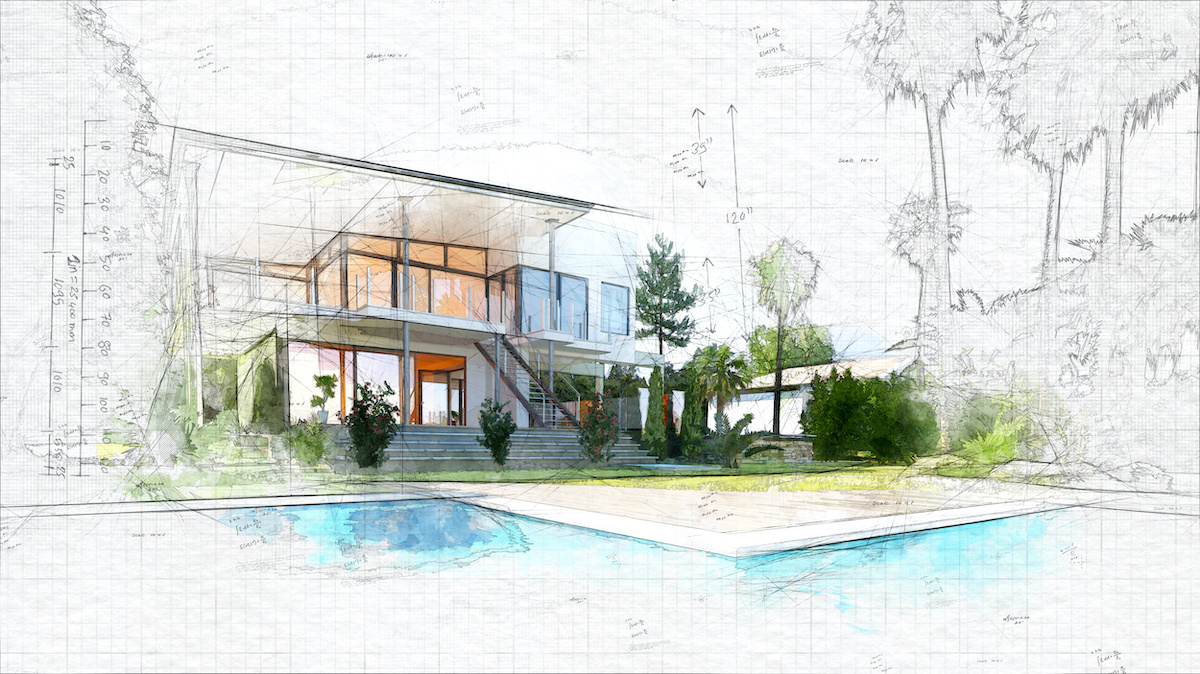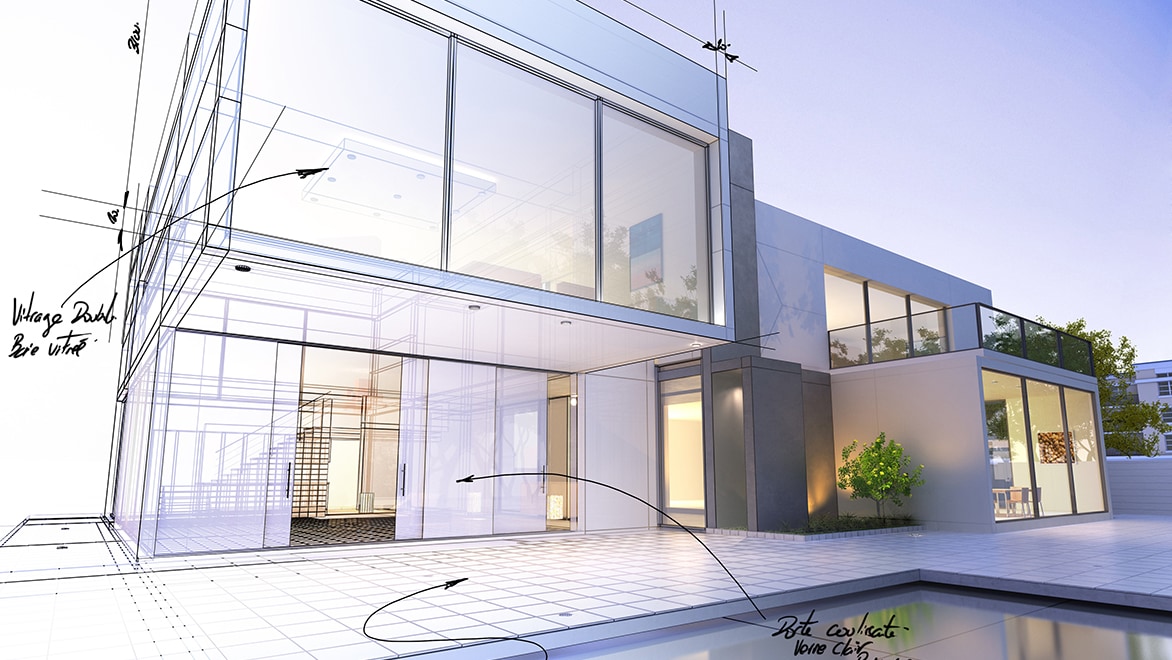Raise Your Structure Design with the Proficiency of CDA Architects
Raise Your Structure Design with the Proficiency of CDA Architects
Blog Article
Recognizing the Collaborative Refine In Between Engineers and Designers in Modern Building Projects
The collective procedure between engineers and engineers is crucial in modern construction projects, as it integrates design intent with engineering usefulness. Exploring these characteristics discloses insights that might significantly affect task results and total industry requirements.
The Relevance of Collaboration
The collective harmony in between architects and engineers is crucial for the successful awareness of any type of construction project. This partnership unites distinctive know-how and viewpoints, enabling the combination of ingenious layout with sensible engineering options. By collaborating, designers and engineers can make sure that a task not only satisfies visual and practical needs but likewise abides by safety, sustainability, and financial restrictions.
Partnership cultivates a common vision, helping with the alignment of goals and expectations from the outset. This placement is essential in dealing with possible challenges and mitigating dangers that could develop throughout the job lifecycle. A joint method enables for the effective allotment of sources, enhancing both time and expense.
The importance of collaboration includes the repetitive procedure of layout and building, where comments from designers can educate architectural choices, causing even more feasible and lasting styles. Alternatively, architects can influence designers to believe artistically about exactly how to attain structural integrity without jeopardizing artistic intent. Eventually, the joint connection in between engineers and engineers is not merely beneficial; it is fundamental to the production of high-grade, functional, and cutting-edge constructed settings that fulfill the demands of society.
Communication Techniques and Devices
Reliable communication strategies and tools are essential for fostering partnership between designers and engineers throughout the project lifecycle. Developing clear networks of interaction is vital to make certain that all group members are aligned with job purposes, timelines, and responsibilities. Routine conferences, both in-person and online, provide possibilities for stakeholders to go over progression, address issues, and make informed decisions.
Utilizing project management software program, such as BIM (Structure Information Modeling) systems, improves collaboration by allowing real-time sharing of layout modifications and technical specifications. These tools promote openness, permitting architects and designers to imagine changes and assess their impact on the general task.

Shared Objectives and Job Vision

Developing common goals includes open discussion and a thorough understanding of each self-control's payments. Architects commonly concentrate on design intent, spatial relationships, and individual experience, while designers highlight structural honesty, systems capability, and compliance with laws (cda architects). When these viewpoints are lined up, the result is a cohesive project that complies with both innovative aspirations and technological feasibility
Furthermore, a well-defined task vision promotes accountability among team members, motivating each individual to take ownership of their duty in attaining the preferred outcome. Regular check-ins and collective workshops can additionally enhance this commitment, enabling for modifications to be made as the project progresses. Inevitably, a shared vision not just enhances teamwork however additionally boosts the top quality of the last deliverable, bring about successful job conclusion.
The Function of Modern Technology
Leveraging technology has come to be crucial in improving cooperation in get redirected here between designers and engineers. Building Info Modeling (BIM) stands out as a pivotal innovation, enabling both designers and engineers to develop comprehensive 3D designs that envelop design intent and architectural integrity.
Additionally, cloud-based systems allow smooth collaboration, enabling project stakeholders to gain access to and update job data from anywhere. This cultivates a society of openness and liability, as modifications can be tracked and examined in real-time. Additionally, mobile applications additional boost interaction, providing on-site groups with prompt accessibility to project specifications and updates.
Emerging modern technologies such as expert system and artificial intelligence are additionally beginning to contribute in anticipating evaluation, aiding teams determine potential issues before they emerge. Eventually, the role of innovation in architecture-engineering partnership not just improves operations effectiveness but also enhances development, leading to even more successful project outcomes. By embracing these technological improvements, engineers and designers can guarantee a more natural and efficient collaborative process throughout the construction lifecycle.
Study in Successful Collaborations
Numerous study show the extensive effect of reliable collaborations between architects and designers on job results. One significant example is the partnership on the High Line in New York City check City, where landscape architects, designers, and urban organizers worked with each other to change a deserted rail line right into a lively public park. This multidisciplinary approach not only improved the visual high quality yet also made sure structural safety and security and environmental sustainability.
One more exemplary instance is the style and construction of the Sydney Concert Hall. The collaboration between engineer JÃ ¸ rn Utzon and structural engineer Ove Arup exhibited cutting-edge problem-solving. Their collaboration allowed for the renowned shell-like layout while dealing with complex design obstacles, ultimately resulting in an ageless building work of art.
The Burj Khalifa in Dubai even more demonstrates the value of collective initiatives. cda architects. The integration of architecture and design knowledge enabled the project group to accomplish unmatched heights while adhering to security policies and visual vision
These instances emphasize the value of communication, trust fund, and shared goals. In today's complicated building and construction atmosphere, such partnerships are important to browsing difficulties and supplying tasks that satisfy both useful and visionary objectives.
Conclusion
In final thought, the partnership between architects and designers is important for the success of contemporary construction projects. Effective interaction strategies, a common project vision, and the integration of innovative modern technologies are crucial elements that facilitate this partnership.
Report this page